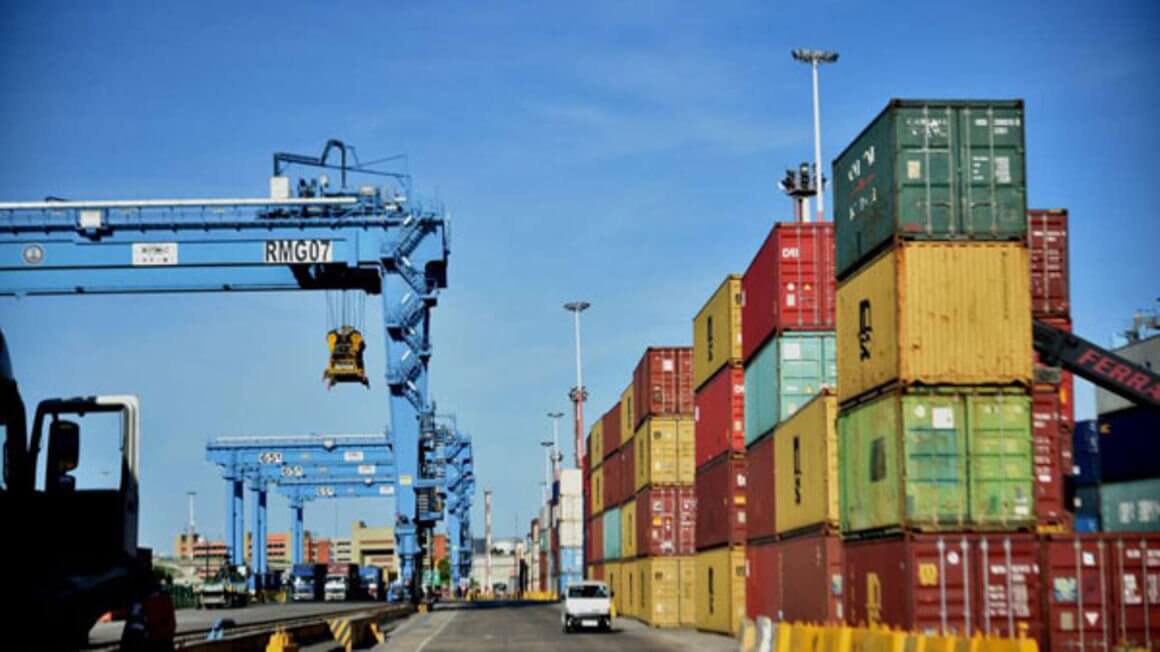
Our Projects are
Transforming African Trade
Quick Contacts
2nd Floor, Fidelity Insurance Centre Waiyaki Way, Westlands

Competition between old and upcoming ports on the eastern African coast could signal better alternatives for importers who have struggled with inefficiency.
A new report by logistics consultancy firm GBS Africa says that while veterans at the job such as the Port of Mombasa in Kenya and Dar es Salaam in Tanzania could face rough challenges from newcomers, it could be good news for importers as they may be spoiled for choices.
The report is based on a survey on investments in ports in the region. It found that the planned new deep harbour facility at Bagamoyo in Tanzania and Lamu in Kenya offer importers and exporters alternatives.
Bagamoyo is seen as the biggest game changer in Tanzania and the immediate challenge to Mombasa. In fact, new investments in Tanzania and Kenya could inadvertently cause some form of cannibalism, as players are likely to rush to where efficiency is. In Mombasa, the challenge of efficiency has been worsened by traffic snarl-ups on key corridors exiting goods from the port.
The report notes that the port of Dar es Salaam offers faster and more cost-effective trade and transport solutions than Mombasa, citing that the port of Dar es Salaam is benefitting from ongoing expansion and investments.
The Dar es Salaam port is designed to handle more than 10 million tonnes of cargo annually, where four million tonnes are dry general cargo, six million tonnes of liquid bulk and one million tonnes in the container terminal section.
The competition among ports has already started yielding fruits since both Kenya and Tanzania have tapped foreign investors to expand related facilities such as the northern corridor expansion as well as the refurbishment of berths in Mombasa.
“This emerging diversity creates a highly lucrative trade corridor to inland markets and population centres while attracting fresh investments into associated sectors,” the report indicated, citing the expansion of other ports, including in Somalia.
The facilities will, however, rely on the existence of other factors such as security and a better business environment. An earlier report this year by the World Bank suggested port inefficiencies have been worsened by non-tariff barriers, including irregular roadblocks as well as poor connecting infrastructure.
Read original article
Disclaimer: The views and opinions expressed in this article are those of the authors and do not necessarily reflect the official policy or position of TradeMark Africa.